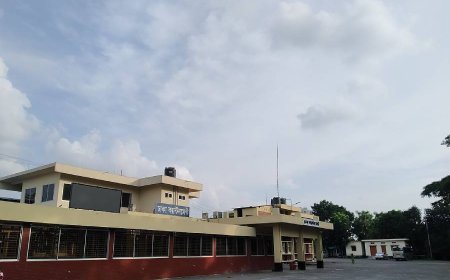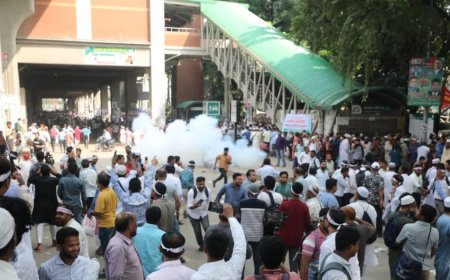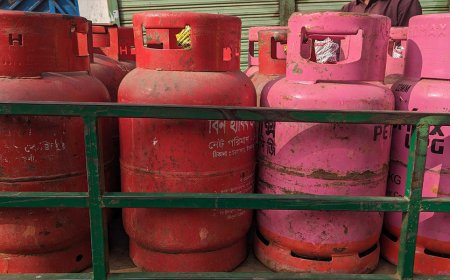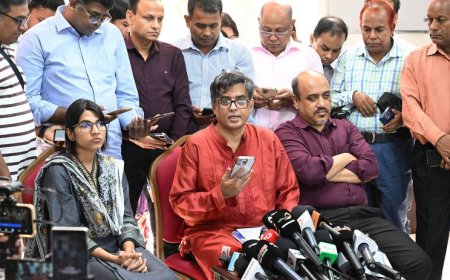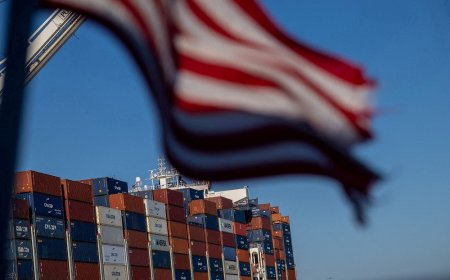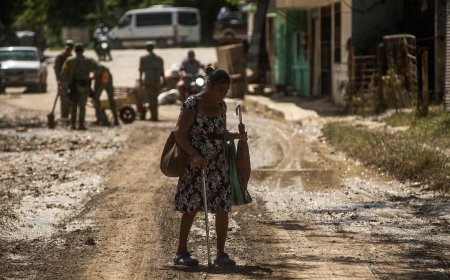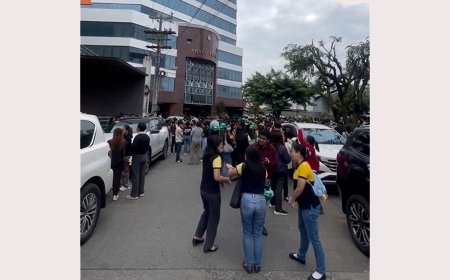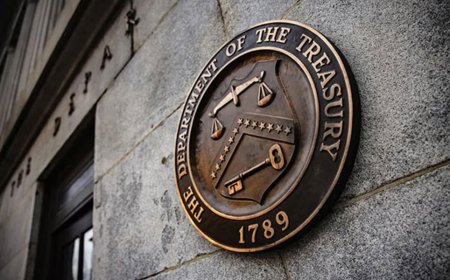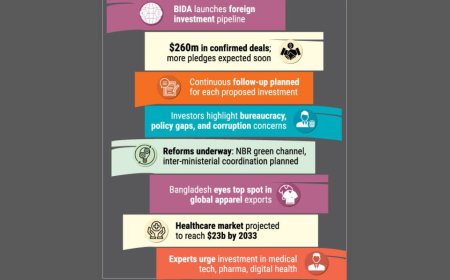Non-performing loans reach alarming levels
Loans linked to AL-affiliated groups turn problematic following Hasina's downfall.

Awami League-linked businesses had already burdened the country's banking sector with substantial bad debts, but after the party's ouster, loans granted through irregularities to these companies soured at an even faster rate.
As a result, bad debts in Bangladesh's banks reached a record high of Tk 284,977 crore by the end of September, less than two months after the Sheikh Hasina-led government fell on August 5. This figure includes a staggering Tk 73,586 crore in defaults within just three months. Between July and September, non-performing loans surged by 34.8%, according to data from Bangladesh Bank. In comparison to last year’s figures, the increase is even more alarming, with bad loans rising by an eye-popping 83.4%.
Large borrowers, such as S Alam Group, Beximco Group, and Bashundhara Group, experienced significant defaults after the fall of the Awami League, driving the total to unprecedented levels. Of Beximco's Tk 23,000 crore loan from Janata Bank, Tk 19,000 crore turned bad between July and September, as confirmed by anonymous officials from the state-run bank.
Salman F Rahman, a close associate of Sheikh Hasina and an advisor on private industry and investment, is the vice-chairman of Beximco Group.
Another close ally of Hasina, S Alam Group, saw around Tk 8,000 crore of its loans with Janata Bank go bad during the same period. As a result, Janata Bank's bad loans rose to Tk 60,000 crore by the end of September, the highest in the banking sector. Two subsidiaries of Bashundhara Group also defaulted on loans totaling Tk 416 crore with IFIC and Rupali banks.
Defaulted loans increased across most banks, including some Shariah-based lenders, whose boards were restructured after Ahsan H Mansur took over as Bangladesh Bank governor in mid-August.
A key factor behind the rise in bad loans is the central bank’s new approach to calculating non-performing loans, which aligns with global best practices, explained Bangladesh Bank spokesperson Husne Ara Shikha. Under the new system, the grace period for term loans was reduced from six months to three months.
"We believe this change is one of the reasons for the increase in bad loans in the July-September quarter," Shikha said.
Additionally, some companies filed writ petitions with the High Court over their bad loans. Recently, some of these petitions were vacated, and those disputed loans were marked as bad. "This could also contribute to the rise in defaults," she added.
By the end of September, bad loans made up 16.9% of the total loans disbursed, which amounted to Tk 1,682,821 crore.
Syed Mahbubur Rahman, Managing Director and CEO of Mutual Trust Bank, noted that the rise in defaulted loans was expected due to several factors. Borrowers had already been struggling due to issues such as electricity and gas shortages, which hurt production and exports. The foreign exchange crisis, high inflation, and a challenging local investment climate only worsened matters.
Furthermore, the central bank’s push for greater transparency led banks to disclose more accurate data, including previously hidden bad loans, Mahbubur added.
The actual volume of bad loans would likely be higher if other stressed assets, such as written-off loans, were included, said Fahmida Khatun, Executive Director of the Centre for Policy Dialogue.
"Unfortunately, there is no quick fix to reduce the high volume of bad loans—many of the major defaulters are absconding," she said.
Fahmida, who was recently appointed a director at Bangladesh Bank, suggested strengthening the Money Loan Court both in terms of capacity and efficiency. She recommended that cases be filed against defaulters and that the Attorney General consider establishing a special bench to resolve large default cases.
What's Your Reaction?







